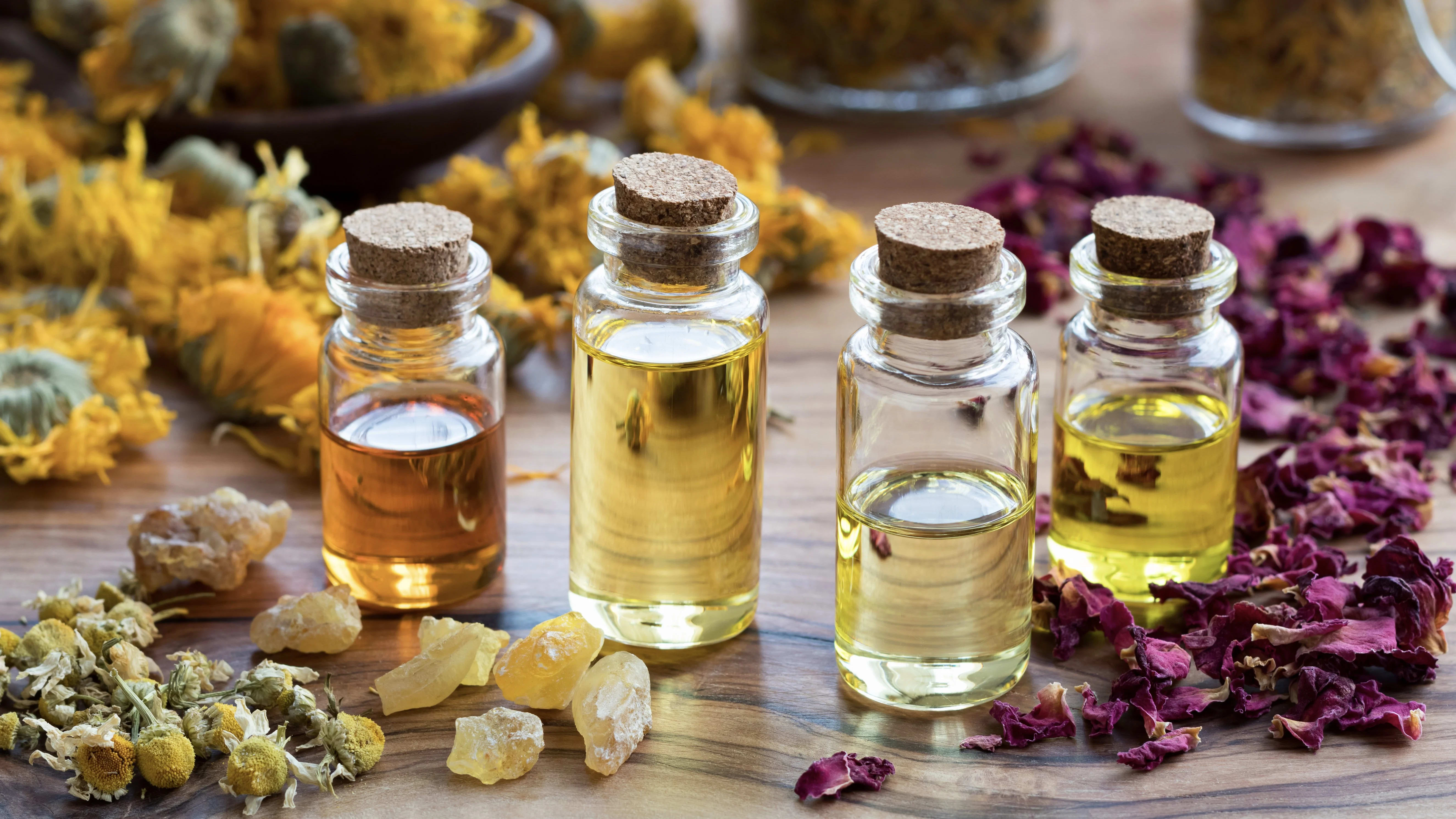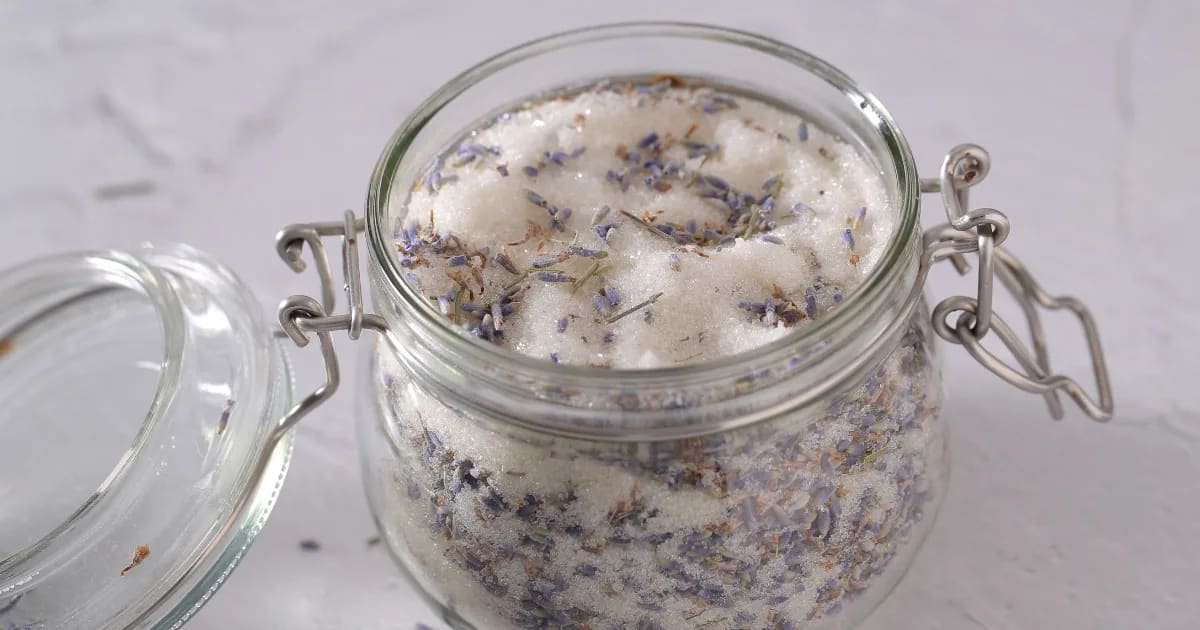Discovering the Wonders of Cinnamon Leaf Essential Oil: Eugenol and Safety Insights

While many recognize the culinary use of Cinnamon Bark and its essential oil, there exists a lesser-known variant: Cinnamon Leaf essential oil.
As autumn unfolds, a symphony of scents envelops us, with cinnamon leading. This aroma, deeply interwoven with holiday traditions and memories, has been cherished for generations. Most of us are familiar with cinnamon bark as a spice, often used in sticks or ground form in our kitchens. Its sweet and spicy flavor profile makes it a favorite in numerous dishes. In contrast, Cinnamon Leaf, while derived from the same Cinnamomum zeylanicum tree, is not as commonly found in culinary use. This rarity in everyday cuisine adds to its intrigue in the world of essential oils.
I'm thrilled to introduce you to a close relative of the more familiar Cinnamon Bark oil—Cinnamon Leaf essential oil (Cinnamomum zeylanicum). Distilled primarily from leaves in Madagascar, Sri Lanka, and Seychelles, this oil presents a uniquely layered aromatic experience. While these two oils share the same Latin name, they each have unique characteristics and uses that make them worth exploring.
Whereas Cinnamon Bark oil is more reminiscent of the familiar kitchen spice, Cinnamon Leaf oil presents a nuanced, multidimensional aroma:
Exotic: It carries an intriguing depth, hinting at its tropical origins.
Sweet: A milder sweetness compared to the robust spice of the bark.
Warm: A steady, comforting undertone that complements its spicier notes.
Woodsy: An earthy touch, echoing the lush forests where the Cinnamomum zeylanicum tree grows.
Spicy: A zest less intense than Cinnamon Bark oil but equally invigorating.
Eugenol: The Heart of Cinnamon Leaf Oil
Eugenol, a naturally occurring compound, is abundant in Cinnamon Leaf oil. This component not only contributes to the oil's distinct aroma but also provides several therapeutic advantages:
Pain Relief: Eugenol has proven effective in alleviating various types of pain, making it a valuable asset in natural pain relief remedies. Whether you're dealing with muscle soreness, headaches, or joint discomfort, Eugenol may provide much-needed relief.
Anti-inflammatory: Inflammation, whether acute or chronic, is the body's natural response to harm. However, when unchecked, it can lead to numerous health complications. Eugenol has demonstrated anti-inflammatory properties by modulating the body's inflammatory pathways. This can aid in reducing swelling, redness, and pain associated with various conditions, from arthritis to minor skin irritations.
Antimicrobial: The rise of antibiotic-resistant pathogens has heightened the search for natural antimicrobial agents. Eugenol emerges as a promising contender. Laboratory studies have shown its efficacy against harmful microbes, including certain bacteria, fungi, and viruses. Its broad-spectrum activity makes it a potential natural alternative for protecting against infections and enhancing hygiene.
Antispasmodic: Muscle spasms, whether due to overexertion or underlying health issues, can be distressing. Eugenol's antispasmodic properties stem from its ability to influence muscle contractions, providing relief. Within holistic health practices, it's valued for its potential to alleviate symptoms ranging from menstrual cramps to muscle twitches.
Mood Enhancement: The psychological benefits of aromatherapy are well-documented. The warm and comforting scent of Eugenol can interact with the limbic system, the brain's emotion center. This interaction can lead to reduced levels of stress hormones, promoting relaxation and creating a sense of well-being. For those seeking natural ways to manage mood swings and stress or simply looking for peace, Eugenol's aromatic allure can be a sanctuary.
Safety Guidelines for Use
With the myriad benefits of Cinnamon Leaf oil and Eugenol, it's crucial to follow safety precautions:
Skin Dilution: Ensure a maximum dilution of 0.5% when applying to the skin.
Bathing: Avoid adding Eugenol-rich oils directly to bathwater.
Inhalation: Ensure adequate ventilation when diffusing.
Usage with Children: Not recommended with babies and young children.
Liver Concerns: Those with liver issues should be used with caution.
Blood Clotting: Not suitable for individuals with clotting disorders.
Conclusion
Cinnamon Leaf essential oil, with its prominent Eugenol content, is a true aromatic wonder with a range of benefits. From pain relief to its delightful scent, this oil has much to offer.
However, safety should always be a top priority when working with essential oils, especially those rich in phenols like Eugenol. By following proper dilution and usage guidelines, you can enjoy the benefits of Cinnamon Leaf oil while minimizing potential risks. Understanding the precautions associated with Eugenol-rich oils is essential for a safe and enjoyable aromatic experience.
At the Aromahead Institute, we're dedicated to providing high-quality aromatherapy education for individuals at all learning levels. Whether you're just beginning your aromatic journey or an experienced enthusiast, our online Aromatherapy School offers a range of courses and workshops to suit your needs. Explore our comprehensive classes and workshops designed to deepen your understanding of essential oils, their components, and their safe usage. Our experienced instructors are here to guide you on your path to becoming a skilled and responsible aromatherapist.
The Aromahead Approach™ simplifies complex aromatherapy concepts to make learning fun, engaging & approachable for all.
References
Nisar, M. F., Khadim, M., Rafiq, M., Chen, J., Yang, Y., & Wan, C. C. (2021). Pharmacological Properties and Health Benefits of Eugenol: A Comprehensive Review. Evidence-Based Complementary and Alternative Medicine, 2021, 2497354. https://doi.org/10.1155/2021/2497354
Wijesinghe, G. K., de Oliveira, T. R., Maia, F. C., de Feiria, S. B., Barbosa, J. P., Joia, F., Boni, G. C., & Höfling, J. F. (2021). Efficacy of true cinnamon (Cinnamomum verum) leaf essential oil as a therapeutic alternative for Candida biofilm infections. Iranian Journal of Basic Medical Sciences, 24(6), 787-795. https://doi.org/10.22038/ijbms.2021.53981.12138
Debapriya Garabadu, Ankit Shah, Ausaf Ahmad, Vijaya B. Joshi, Bhagawati Saxena, Gautam Palit & Sairam Krishnamurthy (2011) Eugenol as an anti-stress agent: Modulation of hypothalamic–pituitary–adrenal axis and brain monoaminergic systems in a rat model of stress, Stress, 14:2, 145-155, DOI: 10.3109/10253890.2010.521602





